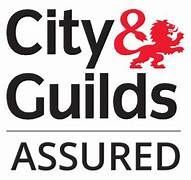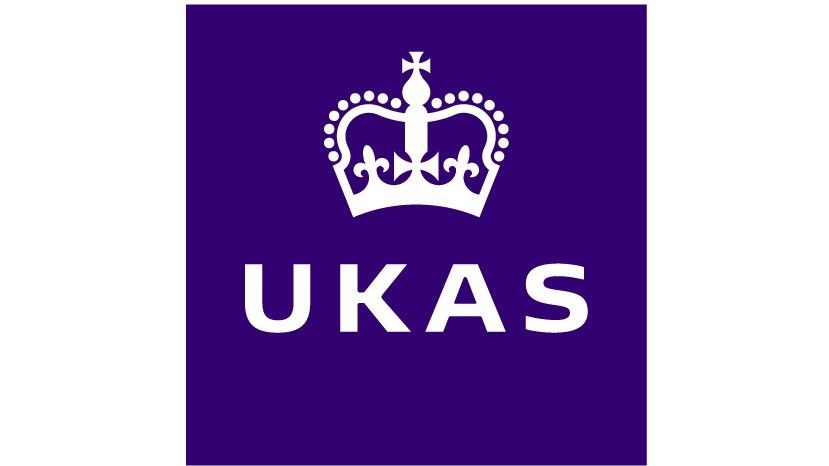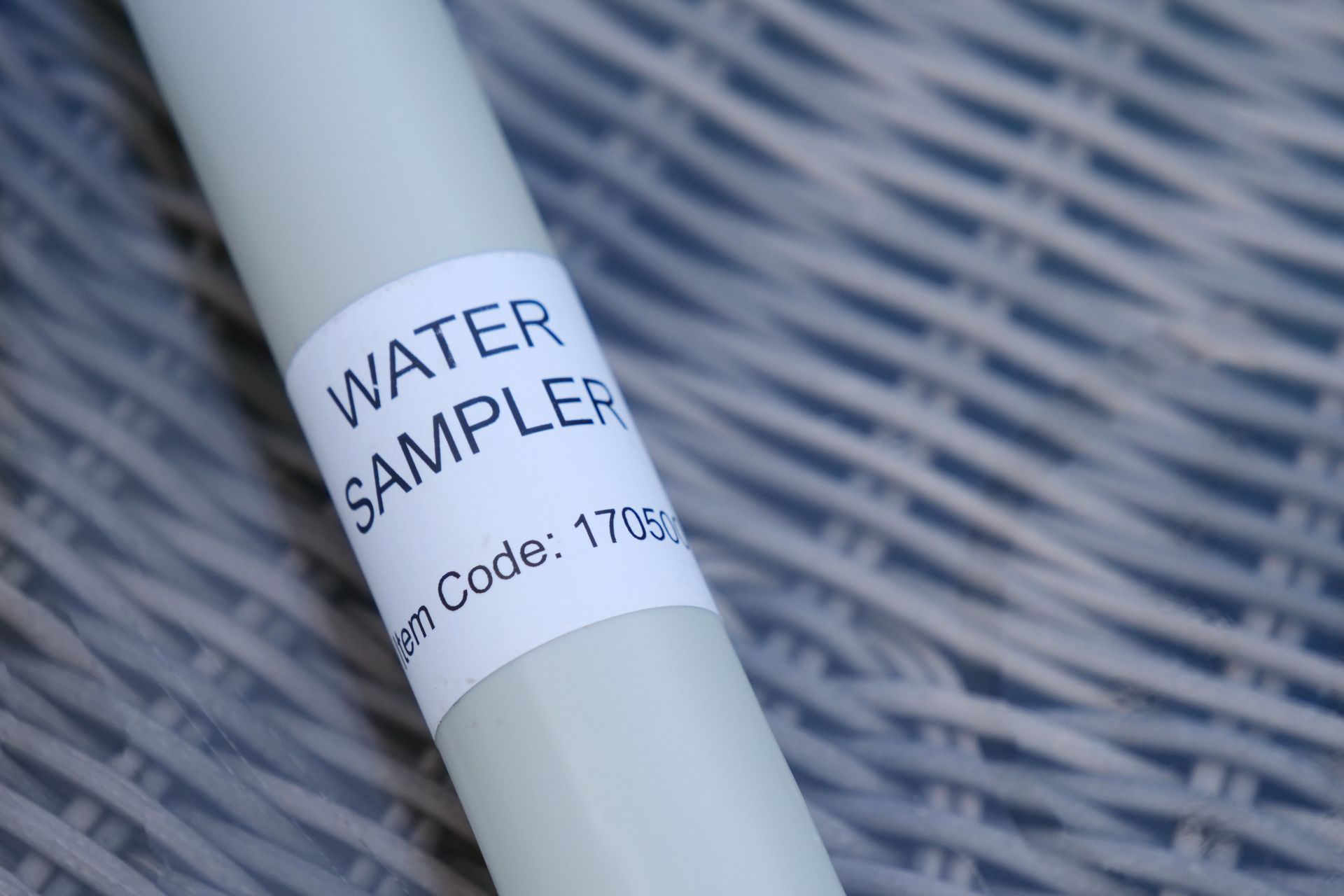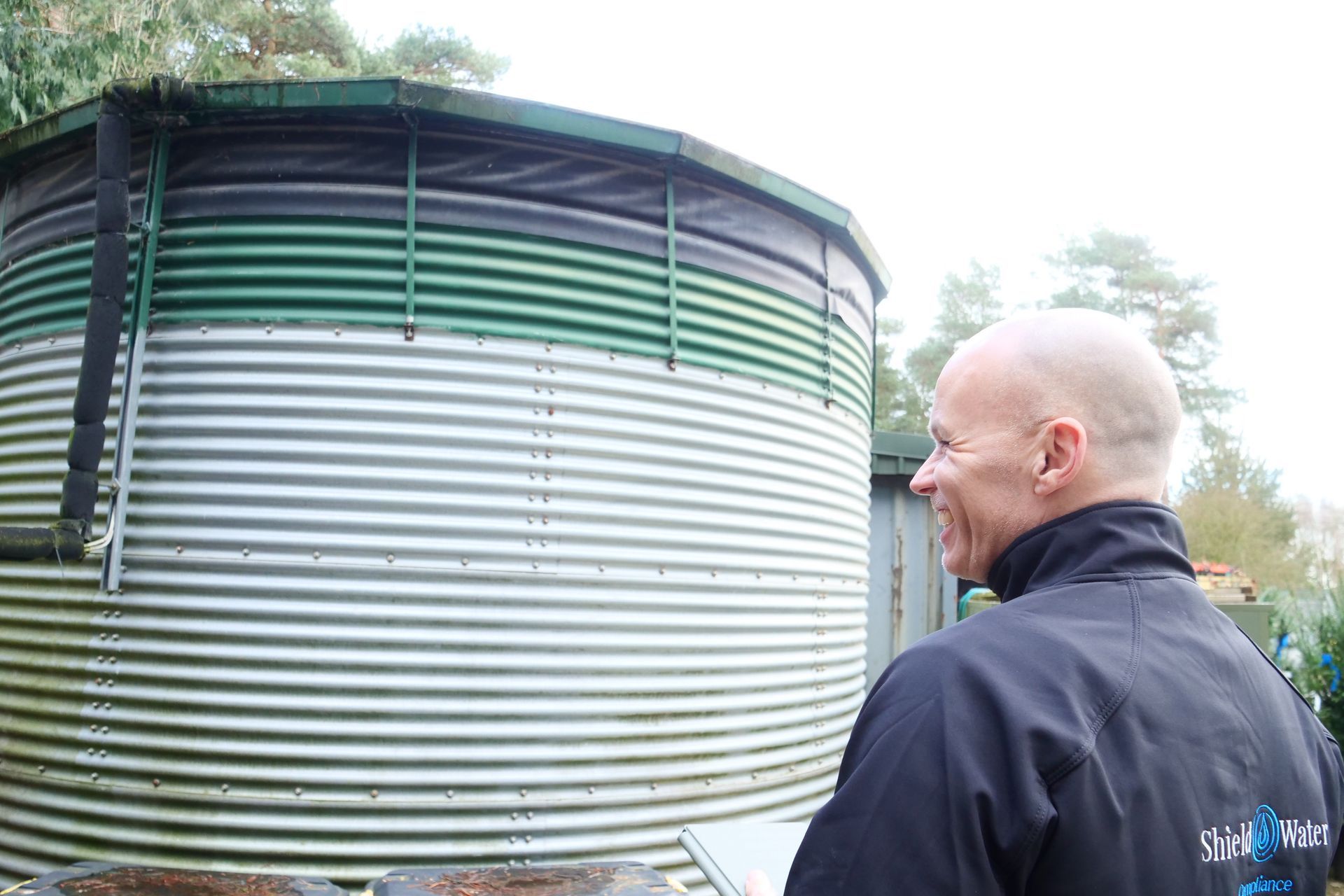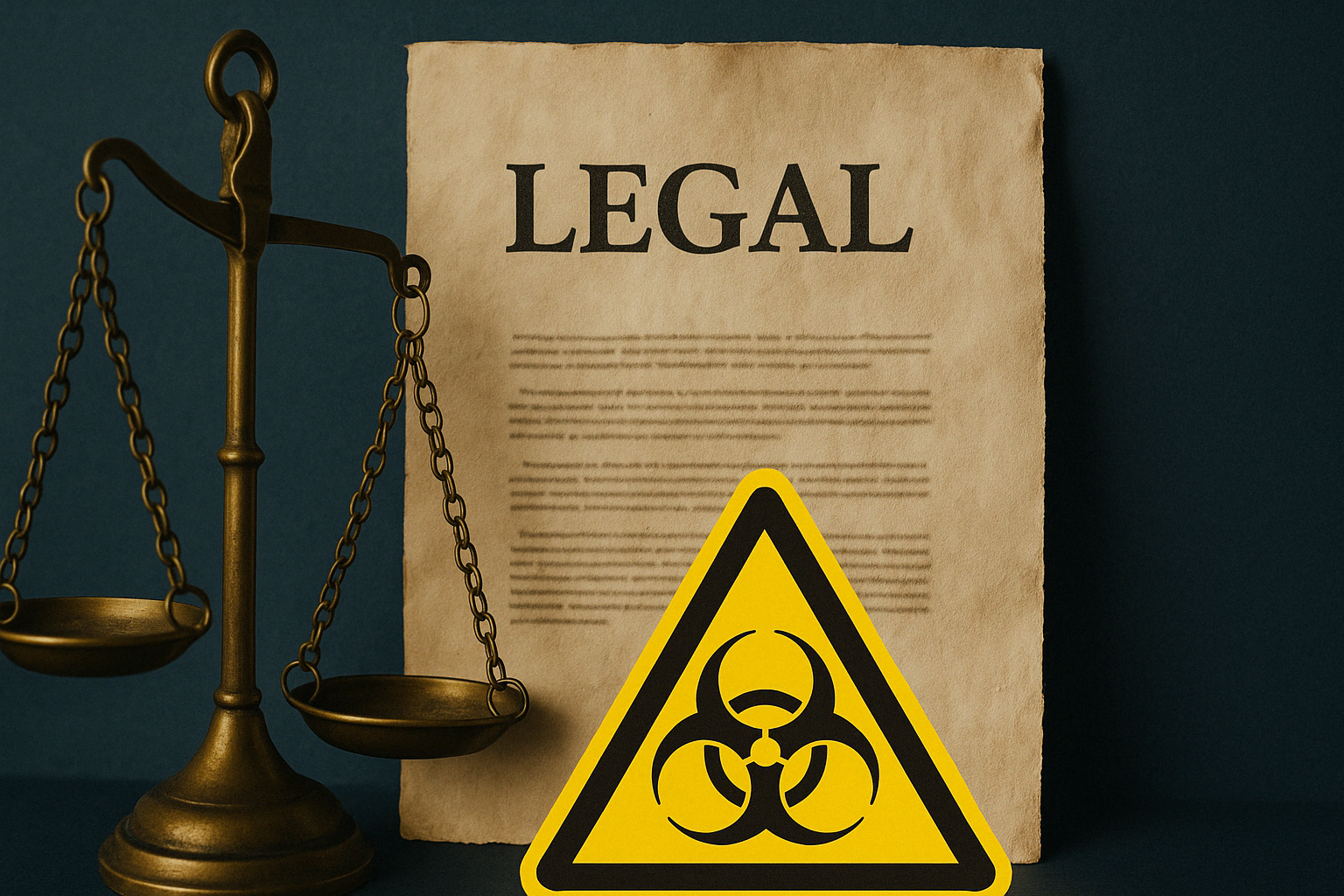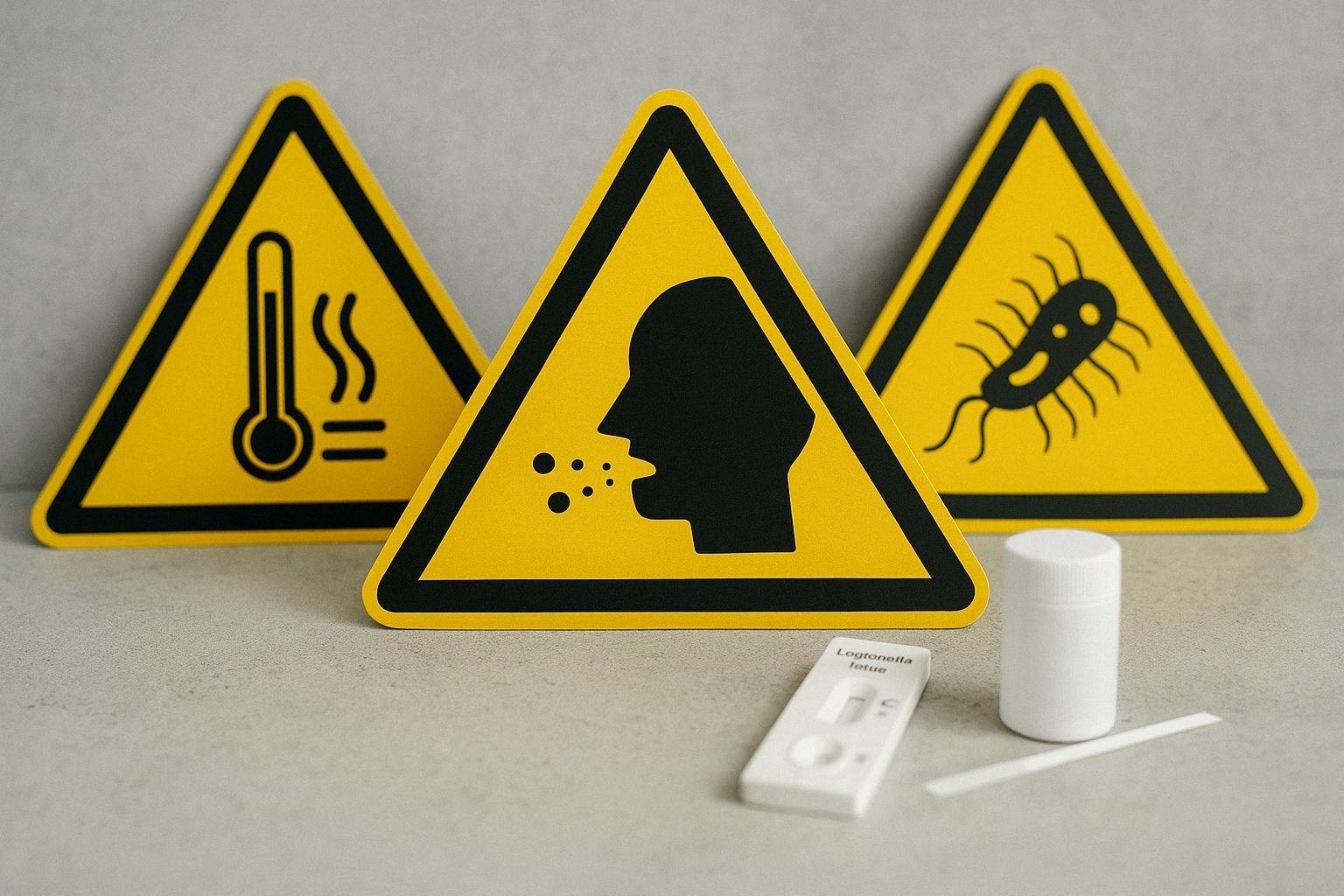By Alan Holland
•
April 8, 2025
Your legionella risk assessment is probably worthless. Strong words? Perhaps. But after examining over 1,000 assessments across Yorkshire, I've discovered a disturbing pattern that could put your business at serious risk. Most assessments miss at least three critical elements. And just one gap could lead to a £30,000 fine, reputation damage, or worse – someone getting seriously ill. Want to know which elements your assessment is missing? The Hidden Dangers Nobody Tells You About Did you know legionella bacteria can multiply from safe to deadly levels in just 10 days? Most business owners discover this fact too late. They assume their water systems are safe because they've had some form of assessment. But here's the thing... Without these seven critical elements, your assessment is giving you dangerous false confidence. Imagine discovering your assessment missed crucial areas during an HSE inspection. Or worse, after someone falls ill. By then, it's already too late. Let me show you what's really missing – and why it matters more than you think. Element 1: Comprehensive System Mapping "We've identified all the main water tanks and outlets." This common statement from assessors hides a dangerous truth. System mapping isn't just about finding the obvious components. Imagine this : A holiday park in North Yorkshire believes their water system is fully mapped. Then during routine maintenance, workers discover an abandoned shower block still connected to the main system. Water has been sitting stagnant for months – creating the perfect breeding ground for legionella. What most assessments miss: Hidden dead legs in pipework Rarely used outlets (think emergency showers) Cross-connections between systems Redundant pipework sections Blind ends where water stagnates Without complete system mapping, you're playing Russian roulette with water safety. A proper assessment documents every component of your water system. Every. Single. One. Element 2: Temperature Profiling That Actually Works Temperature control is your primary defence against legionella. And pay attention to this... Most assessments check temperatures at just a few obvious points, missing the areas where legionella actually grows. Picture this scenario : A small hotel shows perfect temperatures at their hot water cylinder and nearest taps. But in the rarely-used top floor rooms, cold water pipes run alongside heating ducts, warming the water to the perfect temperature for bacteria growth – 23°C. Nobody checked there. What's typically missing: The furthest outlets from water heaters Return loops before re-heating Stratification zones in storage tanks Seasonal temperature variations When learning how to carry out a legionella risk assessment , temperature profiling should be your top priority. But not just any profiling – comprehensive profiling that leaves no hiding places for bacteria. Element 3: Usage Pattern Analysis That Prevents Disasters Water stagnation creates perfect conditions for bacterial growth. But here's what nobody tells you: Your building's unique usage patterns create stagnation risks that generic assessments miss completely. Consider this : A seaside guesthouse in Filey has a wing they only use during summer peak season. For 8 months of the year, those pipes sit unused. Their standard assessment never flagged this as a high-risk area because it didn't account for seasonal usage patterns. Most assessments fail to evaluate: Seasonal occupancy fluctuations Weekend vs. weekday usage differences Identification of rarely used outlets Impact of holiday shutdowns Future building use changes Want to know the most dangerous phrase in water safety? "We've always done it this way." Usage patterns change. Your risk assessment should anticipate these changes, not just document the status quo. Element 4: Aerosol Exposure Evaluation That Actually Protects People Legionella becomes dangerous when it's inhaled through water aerosols. Here's the uncomfortable truth: Most assessments completely fail to evaluate where and how aerosols are created in your specific building. Imagine this scenario: A leisure centre has a decorative fountain in the reception area. The assessment noted its existence but failed to evaluate how the fine mist it creates spreads throughout the reception area – directly into the breathing zone of every visitor. Critical missing elements include: Shower head spray pattern assessment Tap aerator inspection Decorative fountain evaluation Spa pool/hot tub aerosol dispersion Air conditioning condensate trays Each of these creates different levels of risk based on who is exposed, for how long, and how frequently. Without proper aerosol exposure evaluation, you're protecting pipes, not people. Element 5: Management System Review That Prevents Human Error The HSE knows something most assessors don't mention: Systems don't fail – people do. Most assessments focus solely on physical systems while ignoring the human element that actually determines your real-world risk. Picture this : A care home has perfect water systems with all the right controls. But when the maintenance manager goes on holiday, nobody knows the flushing routine for rarely-used outlets. Three weeks later, legionella levels have soared in those areas. Missing components typically include: Clear responsibility assignments Staff training adequacy Communication protocols Contractor management Emergency response procedures A comprehensive assessment evaluates not just what you have, but how you manage it. Because the best technical controls in the world can't overcome poor management. Element 6: Vulnerable Population Consideration That Saves Lives Not everyone faces the same risk from legionella exposure. Here's something your assessor probably never mentioned: The same water system can be low-risk or high-risk depending entirely on who uses your building. Consider this scenario : An office building converts part of their space into a wellness centre offering services to elderly clients. Their existing legionella controls, perfectly adequate for healthy office workers, are now dangerously insufficient for their new vulnerable visitors. Most assessments fail to consider: Age profile of building users Presence of people with respiratory conditions Visitors with compromised immune systems Changing building usage Special events that bring in different populations A retirement community requires different standards than a warehouse, even with identical water systems. Does your assessment account for who actually uses your facilities? Most don't. Element 7: Integrated Action Planning That Actually Gets Implemented The final missing element is perhaps the most important: a clear, prioritised action plan that actually works in the real world. Too many assessments end with a generic list of recommendations without: Clear prioritisation based on risk level Specific responsibility assignments Realistic timeframes Verification mechanisms Integration with existing maintenance systems Imagine this : A hotel receives a 40-page assessment with 23 recommendations buried throughout the document. With no clear priorities or implementation plan, they fix the easiest issues and miss the critical ones. Six months later, they're still non-compliant on the things that matter most. Without integrated action planning, even the most thorough assessment becomes just another document gathering dust on a shelf. Shield Water's 19-Point Assessment Process: The Difference That Matters At Shield Water Compliance, we've developed a comprehensive 19-point assessment process that addresses all these critical elements and more. Why 19 points when others do the bare minimum? Because we've seen what happens when assessments cut corners. The consequences aren't just legal – they're human. Our process includes: Complete system identification and mapping Comprehensive temperature profiling Detailed usage pattern analysis Thorough aerosol exposure evaluation Management system review Vulnerable population consideration Integrated action planning Photographic documentation Schematic drawing creation Control measure effectiveness evaluation Water quality testing Historical data review Staff interview and observation Compliance gap analysis Risk quantification Control strategy development Monitoring regime design Training needs assessment Emergency response planning This thorough approach ensures your assessment doesn't just identify risks – it provides a complete roadmap for managing them effectively. The difference? Peace of mind that comes from knowing nothing has been missed. What's Really At Stake For Your Business? These missing elements aren't just technical details. They represent real risks to everything you've worked for. Imagine this scenario : An HSE inspector visits following a complaint. They ask to see your legionella risk assessment. The document looks comprehensive at first glance, but the inspector quickly identifies missing elements. Within days, you're facing an improvement notice, potential fines, and the stress of emergency remedial work. Beyond legal consequences, consider the reputational damage if your business were linked to a legionella case. In today's social media environment, such news spreads instantly. The financial impact? Potential fines reaching £20,000 or more, emergency remedial costs, business interruption, increased insurance premiums, and possible litigation. All because of gaps in an assessment you thought was complete. Take This 2-Minute Test Right Now Is your current legionella risk assessment putting you at risk? Answer these quick questions: Does your assessment include a complete schematic of ALL water systems? Have temperatures been checked at the furthest points from your water heaters? Does your assessment account for seasonal usage patterns? Has someone evaluated all potential sources of water aerosols? Does your assessment review management procedures, not just physical systems? Has the assessment considered the specific vulnerability of your building users? Do you have a clear, prioritised action plan with assigned responsibilities? If you answered "no" or "I'm not sure" to ANY of these questions, your assessment has dangerous gaps. Don't Wait For A Problem To Discover You're At Risk For the next 14 days, Shield Water Compliance is offering a free gap analysis of your current legionella risk assessment. No obligation. No pressure. Just expert eyes identifying what might be missing before it becomes a problem. You might think your current assessment is fine because you haven't had problems yet. That's exactly what most businesses think – until they face an HSE inspection or, worse, a legionella incident. Prevention isn't just better than cure – it's better than litigation. With 19 years of experience protecting Yorkshire businesses from water safety risks, Shield Water Compliance understands what's at stake. Our comprehensive approach ensures nothing is missed, giving you confidence that your water systems are truly safe. Take that first step today. Your business, your reputation, and the people who depend on you deserve nothing less. Call us on 07593 096098 or visit our legionella risk assessment page to book your free gap analysis. Because when it comes to legionella, what you don't know absolutely can hurt you.
